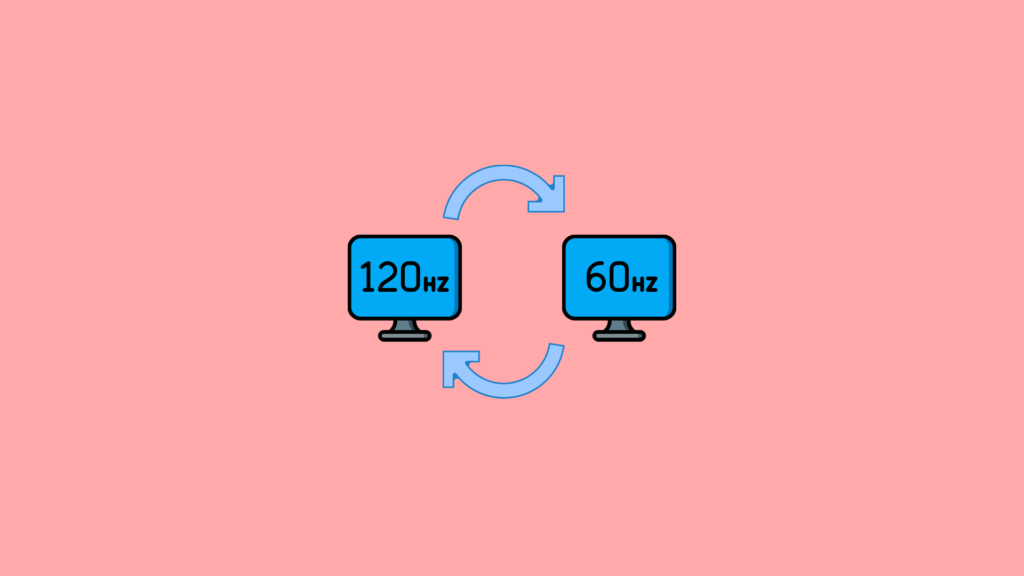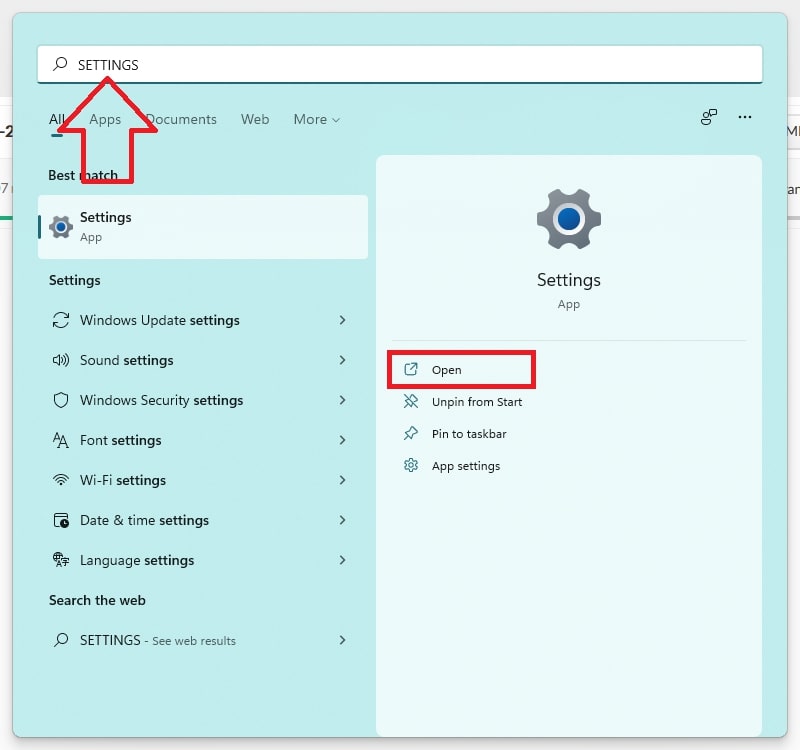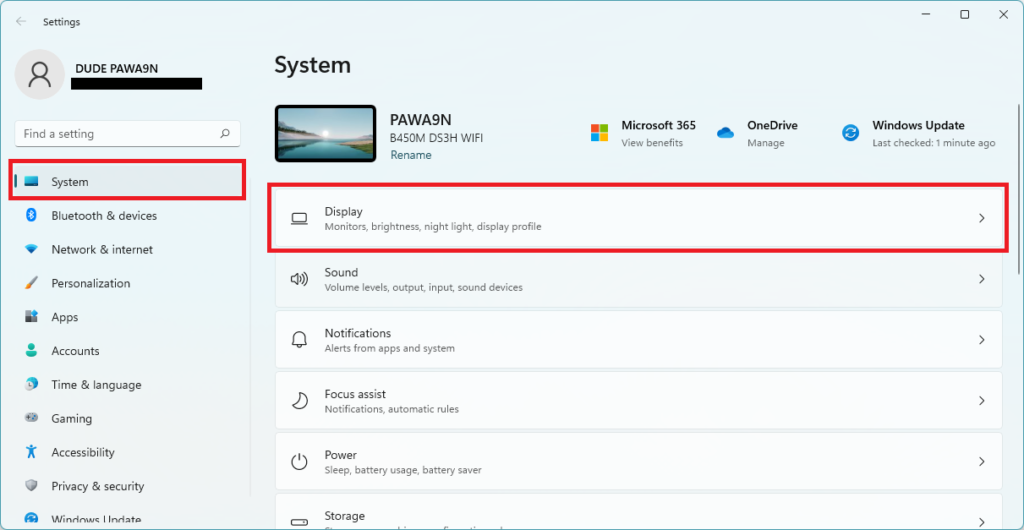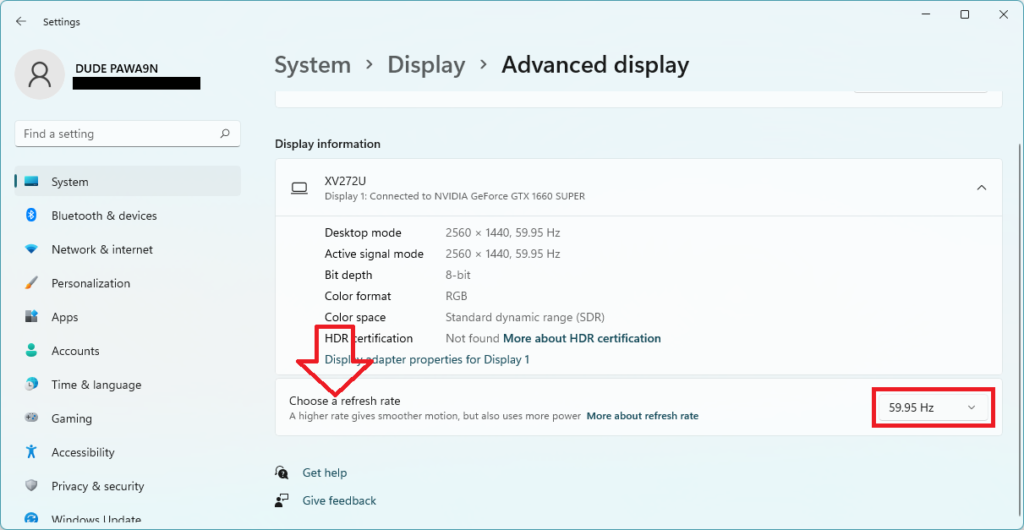What is Dynamic Refresh Rate?
If you follow the smartphone industry, you must be aware of the high refresh rate display craze. Almost every smartphone maker these days is using a high refresh rate Display on their smartphones. Recently Apple dropped its iPhone 13 line up and both the Pro models iPhone 13 Pro and Pro Max support Pro Motion 120Hz high refresh rate. Along with a high refresh rate display, Apple has also provided an adaptive refresh rate technology. What it does is adapt the refresh rate based on the content shown on the screen. So, if a user is reading text or replying to an email, the refresh rate will drop to as low as 10Hz, and when the user starts watching a video or playing a game, the refresh rate will immediately jump to 120Hz. You might ask what’s the benefit of changing the refresh rate. As you might know, a high refresh rate display consumes more battery. If 120Hz is enabled, even when you don’t need it, it will eat all the battery faster. Adaptive refresh rate helps save the battery by reducing the refresh rate when you no longer need it. Microsoft has added a similar feature to adaptive refresh rate in Windows 11 and called Dynamic Refresh Rate. When enabled on a supported Windows 11 PC, the screen will change the refresh rate based on the type of content shown on the screen. It will drop to 60Hz when reading text and increase to 120Hz when watching movies or playing games. The feature sounds fantastic, and if you have a supported PC, you can quickly get a dynamic refresh rate in Windows 11.
Minimum Requirements for Dynamic Refresh Rate in Windows 11
Dynamic Refresh Rate is a feature that is not available for everyone using Windows 11. It has some specific requirements that should match then only you can enable it. The first and foremost requirement is your laptop Display should have a refresh rate of at least 120Hz. On top of that, the Display should support Variable Refresh Rate (VRR). It also requires the latest Windows Graphics Driver (wddm) 3.0. If you think your laptop matches all these requirements, then follow the below steps. Otherwise, it would be best if you stopped looking for ways to enable Dynamic Refresh Rate in Windows 11.
Enable Dynamic Refresh Rate in Windows 11
Now when you have a brief idea about the Dynamic refresh rate and the requirements needed for it. Let’s understand how you can enable it on your Windows 11 PC. Follow the below steps to enable Dynamic Refresh Rate in Windows 11. Step 1: Press Windows Key and I keyboard shortcut to open the settings app on your PC. You can also open settings by searching for it or from the Start Menu. Step 2: After opening the Settings app, tap on System on the left side of the screen. Under System, settings tap on Display settings from the right side. Step 3: In the Display settings, scroll down to Related settings. Under Related settings, you will find an option named Advanced Display. Tap on it to expand. Step 4: In the Advanced display settings, scroll down to the Display information section. Here you will find all the information about Display. Look for Choose a refresh rate option here. It will be showing the current refresh rate of your screen. Step 5: Tap on the drop-down menu icon next to it and a list of all the available refresh rates for your screen. Select the refresh rate that has a Dynamic tag attached to it. It will be something like Dynamic (60Hz or 120Hz). That’s it. The System will successfully enable a Dynamic refresh rate on your Windows 11 PC. You will start noticing differences while using your PC. In case if you decide to disable the dynamic refresh rate, follow the steps mentioned above, and instead of selecting a Dynamic refresh rate, set a fixed refresh rate. You can select 60Hz or 120Hz specifically, and the Dynamic refresh rate will be disabled on your PC. Note: If you don’t see any refresh rate with Dynamic tag in the advanced display settings. Make sure your laptop display fulfills all the requirements of supporting Dynamic Refresh Rate. A display should have at least a 120Hz refresh rate and support for VRR(Variable Refresh Rate). The latest Windows Graphics Driver (wddm) 3.0 also needs to be available on the System. Even if you fulfill all these requirements but you still don’t see the dynamic refresh rate there is nothing to worry about. Microsoft has enabled the Dynamic Refresh Rate feature on some Displays. The company is still working with Display makers to enable the feature on every supported laptop. You can expect the feature to become available through a future software update. What is dynamic refresh rate? Dynamic refresh rate is a display refresh technology in which a display’s refresh rate changes based on the content shown on the screen. Once enabled, the dynamic refresh rate will automatically decrease or increase the screen’s refresh rate by analyzing what you are doing. If you are reading a text on the screen, the refresh rate will drop to 60Hz, and when you start watching a video or playing a game, it will increase to 120Hz. How do I change the refresh rate in Windows 11? You can change the refresh rate in Windows 11 right from the Windows settings up. Microsoft has added the option right between the Display settings to change it quickly.
Final Words
Dynamic Refresh Rate is an excellent addition to Windows 11. Now the Windows users will also enjoy the variable refresh rate on their PCs. If your System matches all the requirements of supporting DRR, then follow the steps mentioned above in the article to enable it on your Windows 11 PC. Can you see the Dynamic refresh rate option on your PC? Do let us know in the comments.





